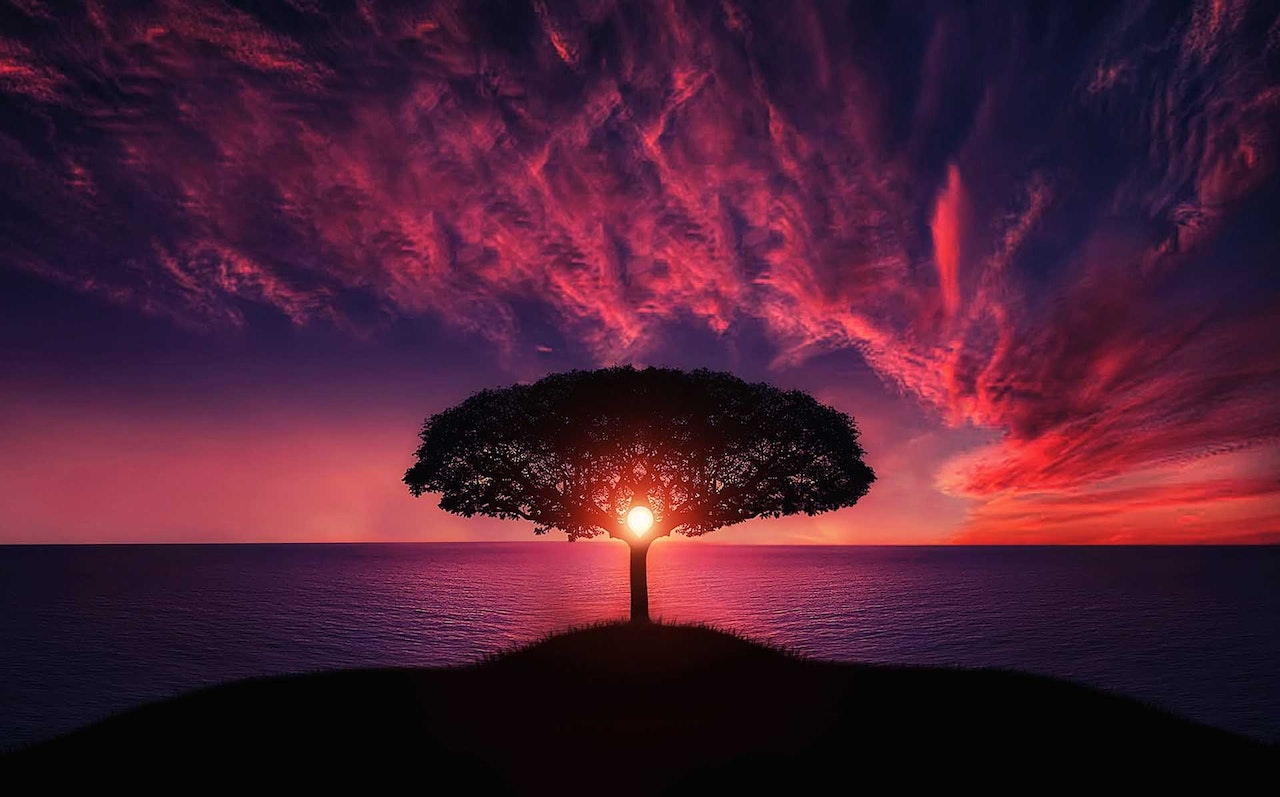The Science Behind the Spectacular Colors of Sunrises and Sunsets

Sunrises and sunsets have always fascinated us with their stunning hues of oranges, pinks, purples, and reds. Have you ever wondered about the science behind these colorful displays? The colors of sunrises and sunsets are not just a beautiful sight, but also a result of the fascinating natural phenomena that occur in the atmosphere during these times of the day.
What Causes the Colors of Sunrises and Sunsets?
Sunrises and sunsets are characterized by vibrant colors ranging from yellow to orange to red and purple. The colors are a result of the scattering of light by the Earth’s atmosphere. During sunrise and sunset, the sun’s light has to travel a longer distance through the atmosphere before reaching the observer.
This means that the shorter, blue wavelengths are scattered more, resulting in the sky’s blue color during the day. As the sun sets or rises, the light must pass through more of the atmosphere, scattering even more of the blue light and allowing the longer, red wavelengths to dominate, resulting in the warm colors we associate with sunrises and sunsets.
Rayleigh Scattering: The Physics Behind the Colors
The colors of sunrises and sunsets can be explained by a phenomenon known as Rayleigh scattering, which occurs when light particles (photons) interact with particles in the atmosphere. The molecules in the Earth’s atmosphere, such as nitrogen and oxygen, scatter shorter wavelengths of light (blue and green), which is why the sky appears blue during the day.
During sunrise and sunset, the sun’s light has to travel through more of the atmosphere to reach the observer, causing more scattering. This allows the longer, redder wavelengths to pass through more easily, creating the vibrant colors we see.
The Role of Aerosols and Pollutants in Sunsets and Sunrises
Aerosols and pollutants in the atmosphere can also impact the colors of sunrises and sunsets. Volcanic eruptions, for example, can cause an increase in aerosols in the atmosphere, which can scatter light and create vivid sunrises and sunsets.
However, human activities such as burning fossil fuels can also produce pollutants that can affect the colors of sunrises and sunsets. Industrial pollutants can cause the colors to appear muted or even grayish, while urban pollution can create a yellow or orange hue.
Weather Conditions and Their Impact on Sunrise and Sunset Colors
Weather conditions can also have an impact on the colors of sunrises and sunsets. Clouds, for example, can scatter and reflect sunlight, creating a variety of colors and patterns in the sky.
High, thin clouds such as cirrus clouds can produce bright and colorful sunsets, while low clouds such as stratus clouds can create muted, hazy colors. The time of year and the position of the sun can also affect the colors of sunrises and sunsets.
Cultural and Symbolic Significance of Sunrises and Sunsets
Sunrises and sunsets have held cultural and symbolic significance throughout history. In many cultures, sunrises are associated with new beginnings and the start of a new day. Sunsets, on the other hand, are often associated with endings and the close of a day. Many religions have incorporated the symbolism of sunrises and sunsets into their teachings, often using the cycle of the sun as a representation of the cycle of life.
Capturing the Beauty of Sunrise and Sunset Photography
Sunrises and sunsets offer some of the most stunning and dramatic scenes for photography. The key to capturing the beauty of these natural wonders is understanding the right lighting and composition.
Photographers often use a tripod to keep the camera steady and capture long exposures, which can result in stunning images with soft colors and a dream-like quality. It’s also important to consider the foreground and background elements in the scene to create a balanced and captivating composition.
Best Places to View Sunrise and Sunset Around the World
There are countless breathtaking locations around the world to view sunrises and sunsets. From beaches to mountains to deserts, there are endless possibilities for stunning vistas.
Experiencing a sunrise or sunset can be a truly breathtaking and unforgettable experience, and there are some places around the world that are particularly well-known for their stunning views. One of the most famous spots is the Grand Canyon in Arizona, USA. The canyon offers a unique perspective for both sunrises and sunsets, with the sun casting its light on the canyon walls in a way that creates a beautiful and dramatic effect.
Another popular location is Angkor Wat in Cambodia, which offers an incredible setting for watching the sun rise or set over the ancient temple complex. The reflection of the sun on the surrounding water creates a stunning view that has been enjoyed by visitors for centuries.
In Santorini, Greece, the white-washed buildings and blue-domed churches set against the backdrop of the Aegean Sea provide a stunning setting for watching the sun dip below the horizon. Other popular spots include Uluru (Ayers Rock) in Australia, the beaches of Bali in Indonesia, and the stunning fjords of Norway.
No matter where you are in the world, there is something truly special about experiencing the beauty of a sunrise or sunset. Whether it’s in a busy city or a remote location, taking a few moments to appreciate the stunning display of colors and light can be a powerful reminder of the beauty of nature.
And, finally, to conclude.
The colors of sunrises and sunsets are a beautiful display of nature’s wonders. The scientific explanations behind these colorful phenomena, from the physics of Rayleigh scattering to the role of aerosols and pollutants, add to the awe-inspiring nature of these events. By understanding the science behind them, we can truly appreciate the magnificence of sunrises and sunsets and make the most of these natural spectacles.





